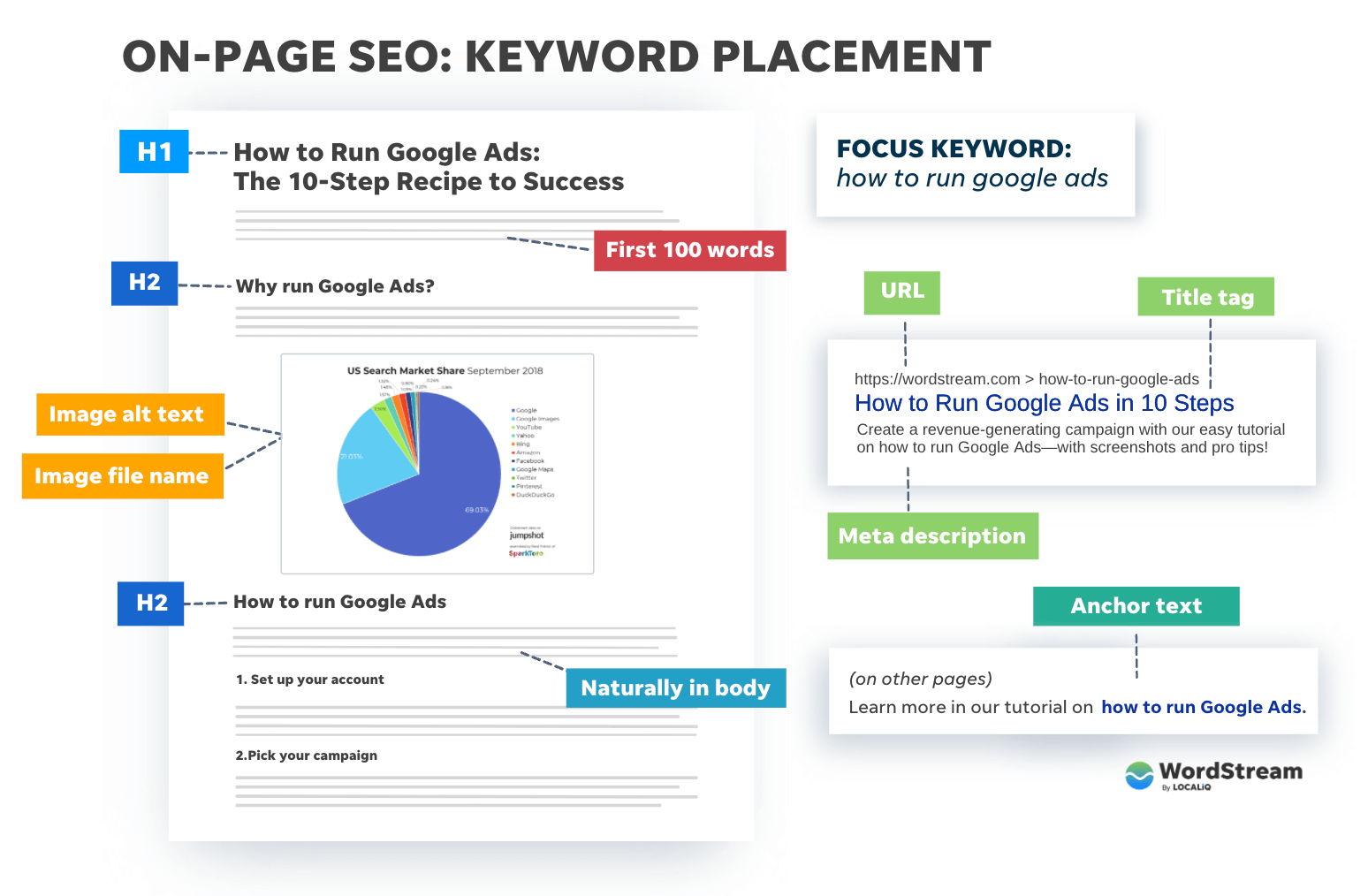A Comprehensive Guide to Secondary Dimensions in Google Analytics: Introduction Its Role in Information Interpretation
A Comprehensive Guide to Secondary Dimensions in Google Analytics: Introduction Its Role in Information Interpretation
Blog Article
Unveiling the Effect of Secondary Dimension in Google Analytics on Information Evaluation and Insights
In the world of information analytics, the application of second measurements within Google Analytics has emerged as an essential tool for extracting deeper insights and unraveling facility patterns that may otherwise remain covered. By peeling off back the layers of primary information sets, secondary dimensions supply a nuanced viewpoint that improves the understanding of individual actions, web site performance, and the effectiveness of advertising and marketing techniques.
Checking Out the Idea of Additional Measurements
Second measurements in Google Analytics give extra insights by permitting individuals to assess key data along with a secondary feature. This function allows a more comprehensive understanding of the key data by adding another layer of details for analysis. By including additional dimensions, individuals can dive much deeper into the data and reveal valuable relationships that may or else go undetected. For instance, by pairing the main information of site traffic with additional dimensions like demographics or behavior, marketing professionals can get a more thorough sight of their target market and customize their techniques as necessary.
Understanding the principle of secondary dimensions is vital for taking full advantage of the potential of Google Analytics. It enables customers to segment information successfully, identify patterns, and make educated choices based upon a much more total image of their analytics information. By checking out the different secondary measurements offered in Google Analytics, users can open brand-new understandings and optimize their digital marketing initiatives. Fundamentally, additional dimensions act as an effective tool for improving data evaluation and driving actionable outcomes.
Enhancing Information Analysis With Additional Measurements
Having actually developed the fundamental understanding of secondary dimensions in Google Analytics and their essential role in data evaluation, the focus currently shifts in the direction of leveraging these additional credit to improve the interpretation of analytics information (what is a secondary dimension in google analytics). By including additional dimensions right into information evaluation, analysts can get much deeper understandings right into user behavior, website performance, and marketing efficiency

Additionally, additional dimensions aid in contextualizing main information metrics by supplying extra layers of info. This contextualization help in comprehending the 'why' behind the data fads, helping experts make notified choices and optimizations to improve overall performance. Eventually, integrating second dimensions enriches the information analysis process, leading to more meaningful understandings and tactical activities.
Revealing Hidden Insights With Secondary Measurements
Exploring the depths of analytics information with additional dimensions discloses beneficial insights that would otherwise remain obscured. By including second dimensions in Google Analytics, organizations can discover surprise patterns, trends, and connections that offer a more comprehensive understanding of individual actions and site efficiency. These additional layers of information enable experts to delve much deeper right into the primary measurements, such as web traffic sources or touchdown web pages, and gain an extra nuanced viewpoint on how various variables interact with each other.
Via the use of additional measurements, analysts can section and contrast information throughout numerous dimensions, enabling them to recognize specific aspects that affect individual engagement, conversion rates, and general success metrics. By combining the primary dimension of 'tool classification' with the additional measurement of 'age group,' online marketers can pinpoint which age demographics like accessing the site via mobile tools versus desktop computers.
Leveraging Second Dimensions for Actionable Analytics
Building upon the insights revealed with second measurements in Google Analytics, businesses can currently harness this site here enriched data landscape to drive actionable analytics and critical decision-making. By leveraging secondary measurements, companies can dive much deeper right into their information to remove valuable patterns, fads, and relationships that might have formerly gone undetected. This deeper degree of evaluation allows companies to obtain a more comprehensive understanding of user habits, project efficiency, and overall website efficiency.
One secret advantage of making use of additional dimensions for workable analytics is the ability anonymous to sector information based upon certain standards. This division allows businesses to customize their projects and approaches to different target market teams, bring about more targeted and reliable advertising and marketing efforts - what is a secondary dimension in google analytics. Furthermore, secondary measurements provide a more all natural view of customer interactions, enabling companies to enhance their web site content, layout, and overall user experience
Maximizing Decision-Making With Secondary Measurements
To improve tactical decision-making in analytics, leveraging secondary measurements in Google Analytics can give an extra nuanced perspective on customer habits and campaign efficiency. By including second measurements into data analysis, services can dive much deeper into the specifics of their internet site site visitors' communications and engagement patterns. This additional layer of details enables for a more detailed understanding of exactly how different variables, such as demographics, gadgets, or web traffic resources, impact crucial efficiency signs.

Verdict
To conclude, the use of secondary measurements in Google Analytics plays an important function in enhancing data analysis and uncovering hidden understandings. By exploring this principle, one can gain a deeper understanding of user habits and make notified choices based upon actionable analytics. Leveraging additional dimensions enables for a much more comprehensive interpretation of information and makes best use of the performance of decision-making processes.

Report this page